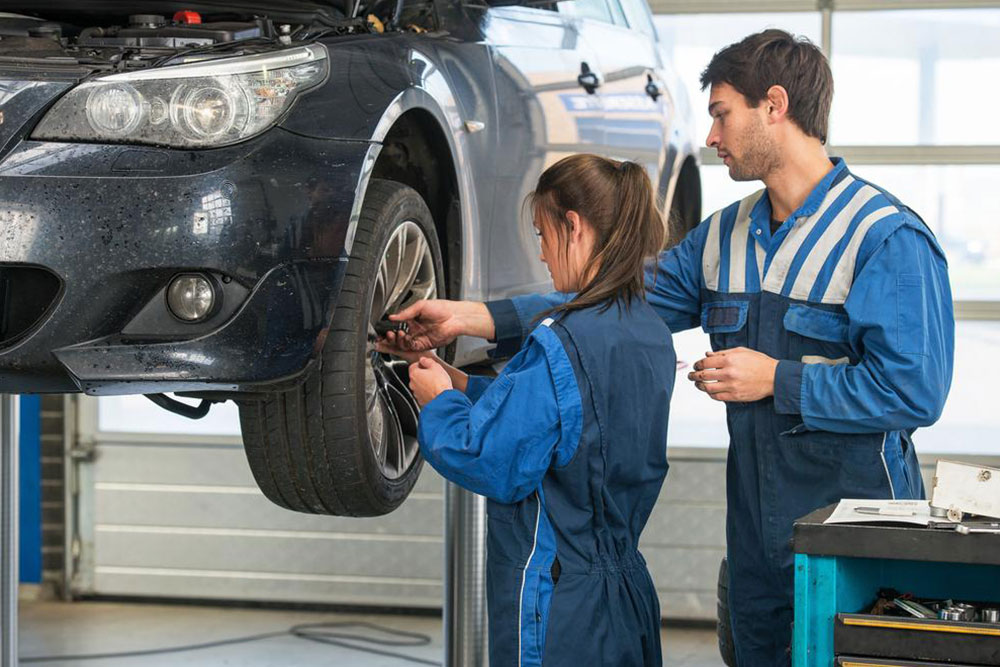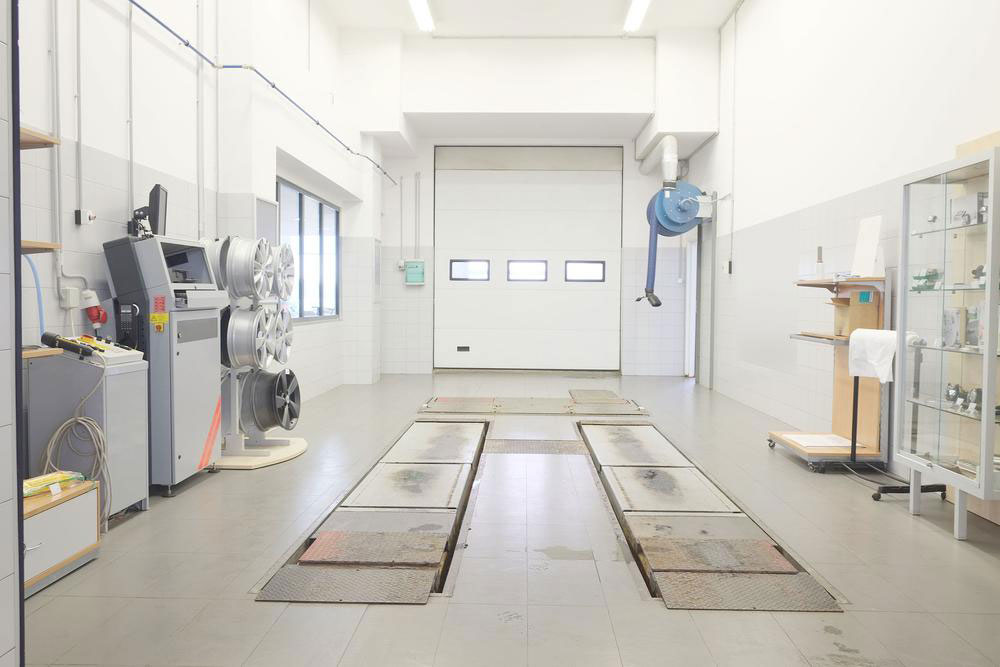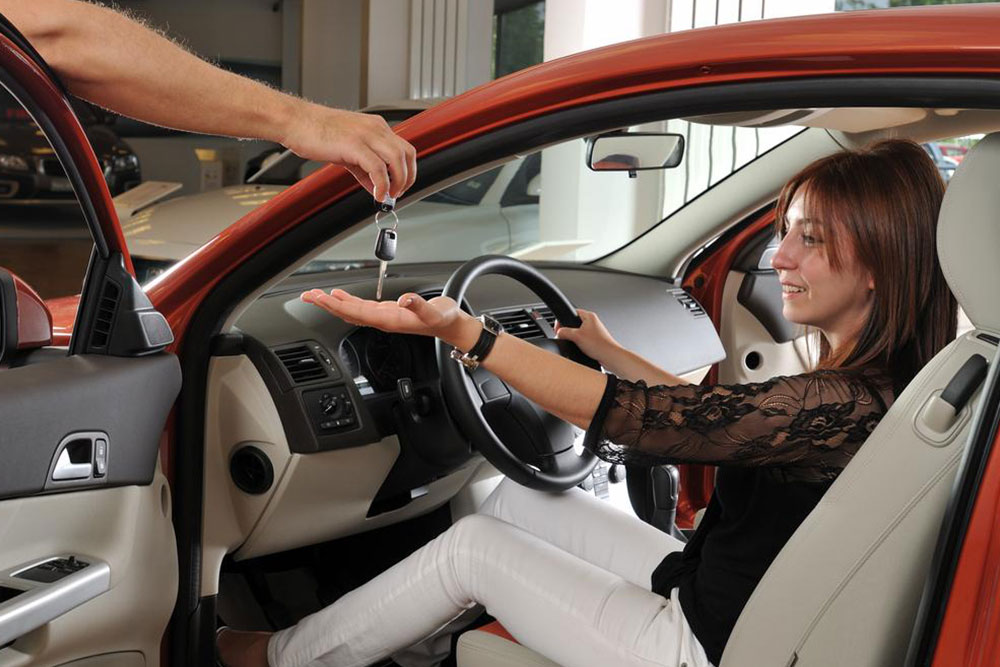Comprehensive Guide to Choosing the Perfect Car Lift for Your Garage Needs
Discover everything you need to consider when selecting a car lift for your garage. From understanding different lift types, evaluating your space and vehicle weight, to safety standards and professional advice, this comprehensive guide helps you make an informed decision. Whether you’re a professional mechanic or a DIY auto enthusiast, learn how to choose a lift that ensures safety, durability, and optimal performance for your vehicle maintenance needs. Upgrade your garage with confidence and safety today!

Selecting the appropriate car lift is a crucial step for both professional mechanics and auto enthusiasts who prioritize efficient vehicle maintenance. Car lifts, also known as automotive lifts, provide essential access to the underside of vehicles, simplifying complex tasks such as brake repairs, oil changes, suspension work, and engine repairs. A well-chosen lift enhances safety, productivity, and convenience in your garage. With a variety of options available, understanding the key factors that influence your decision can ensure you select a lift that perfectly matches your specific needs.
When considering a car lift, there are several important aspects to evaluate, including your available garage space, the types of vehicles you typically work on, your budget constraints, and safety requirements. This guide explores these considerations in detail to help you make an informed purchasing decision that ensures long-term satisfaction and safety.
Assessing Your Vehicle’s Weight and Type
The first step in choosing a suitable car lift is evaluating the weight and type of vehicles you plan to lift regularly. Not all automotive lifts are built to support the same load capacities. For instance, lighter lifts are sufficient for small personal vehicles or compact cars, while heavy-duty models are necessary for larger trucks, SUVs, or fleet vehicles.
Most residential garages will find a two-post lift or a two-post asymmetrical lift adequate for typical passenger cars. However, if you frequently work on heavier vehicles such as pickup trucks or commercial fleet vehicles, investing in a heavy-duty, four-post lift or a support beam lift with higher weight capacities is advisable. Be sure to verify the maximum weight capacity listed by the manufacturer and compare it against the weight of your heaviest vehicle to ensure safety and functionality.
Choosing the Right Lift Type
There are several types of car lifts commonly used in garages, each suited to specific applications and space availabilities:
Two-Post Lifts: Popular for both professional and personal use, these lifts are versatile and space-efficient. They allow access to the vehicle's underside from the sides, making them ideal for repairs like oil changes and suspension work. Two-post lifts come in symmetrical and asymmetrical configurations, with the latter providing better access to vehicle doors.
Four-Post Lifts: Often used for storage or vehicle maintenance, four-post lifts are stable and can support heavier loads. They are particularly suitable for lifting vehicles to store other items underneath or for wheel alignment tasks.
In-Ground (Underground) Lifts: These lifts are installed beneath the garage floor, providing a clean and free-standing surface. They are ideal for commercial shops seeking a seamless appearance but require professional installation and higher initial investment.
Scissor Lifts: These lifts operate vertically using a crisscrossing arm mechanism, typically used for specific maintenance tasks or in areas with limited ceiling height.
Evaluating Your Garage Space and Structural Requirements
Before purchasing a car lift, measure your garage space carefully. Consider not only the footprint of the lift but also the clearance height needed for safe operation. Many lifts require a minimum ceiling height of around 10 to 14 feet. Ensure your garage foundation can support the weight of the lift and the vehicles it will hold.
Garage floor thickness is a critical factor for safety and stability. Concrete slabs should ideally be at least five inches thick and reinforced with proper reinforcement bars to withstand the lift's weight and prevent cracking. If your floor is thinner or weak, consult a structural engineer or professional installer for reinforcement options.
Safety and Certification Standards
Safety should never be compromised when selecting a vehicle lift. Look for lifts that meet established safety standards such as ANSI/ALI (Automotive Lift Institute) certifications. These certifications ensure the lift has undergone rigorous testing for load capacity, safety mechanisms, and durability. Additionally, check for safety features like lock mechanisms, emergency stop buttons, and secure operating controls.
Consult a Professional for Expert Guidance
If you're unsure about the best options or how to install a car lift safely, it's highly recommended to seek advice from professional mechanics or certified installation experts. They can assess your specific setup and recommend the most suitable lift model. Trusted brands like BendPak, Atlas, Triumph, and Danmar provide a wide range of reliable, high-quality lifts. Reading customer reviews and consulting industry forums can also provide valuable insights into the performance and durability of different models.
Budget Considerations and Long-term Investment
The cost of a car lift varies significantly depending on the type, capacity, brand, and features. While it may be tempting to opt for a cheaper model, investing in a quality lift ensures safety, durability, and ease of use over the years. Remember to consider installation costs and any additional expenses for reinforcement or electrical wiring. It’s an investment that can boost the functionality and value of your garage in the long run.
Final Tips for Selecting Your Ideal Car Lift
Determine your specific vehicle types and weight requirements.
Assess your garage space, ceiling height, and foundation condition.
Select a lift that meets safety standards and includes necessary safety features.
Consult with professionals to ensure proper installation and compatibility.
Prioritize quality and durability to ensure long-term safety and performance.
Choosing the correct car lift is more than a purchase; it's an investment in your garage's safety, functionality, and efficiency. By understanding your needs and carefully evaluating options based on your space, budget, and vehicle requirements, you can select a lift that will serve you reliably for years to come. Remember, professional advice and adherence to safety standards are key to making a successful choice.





